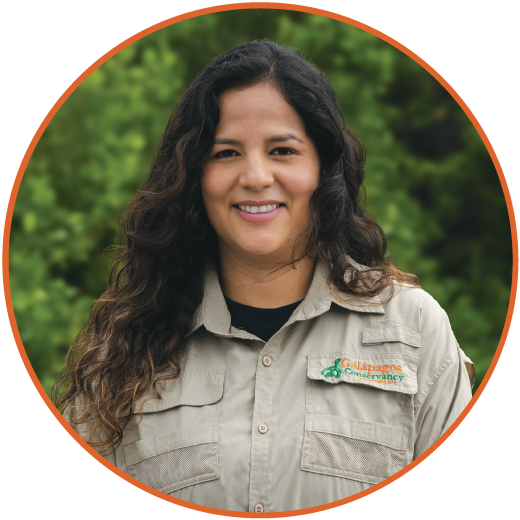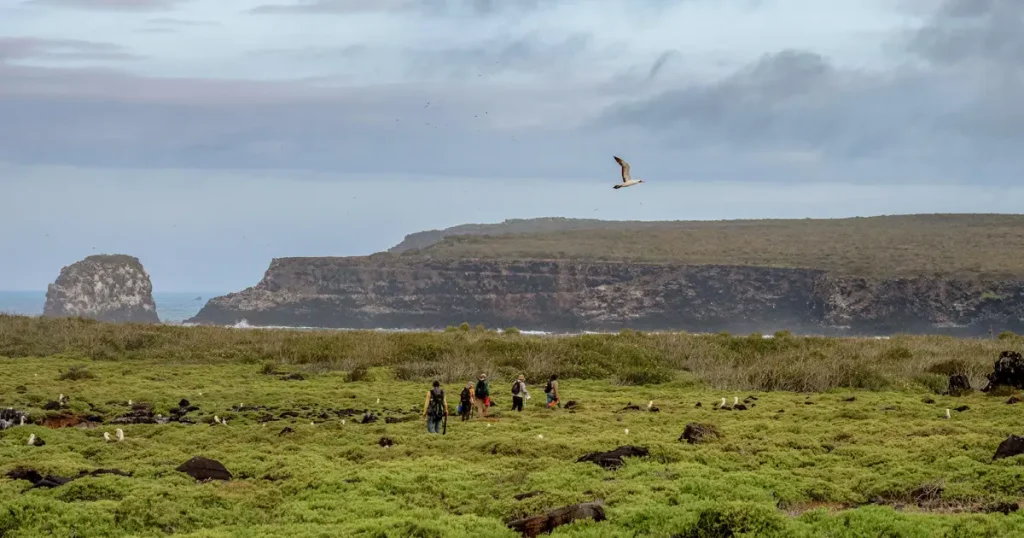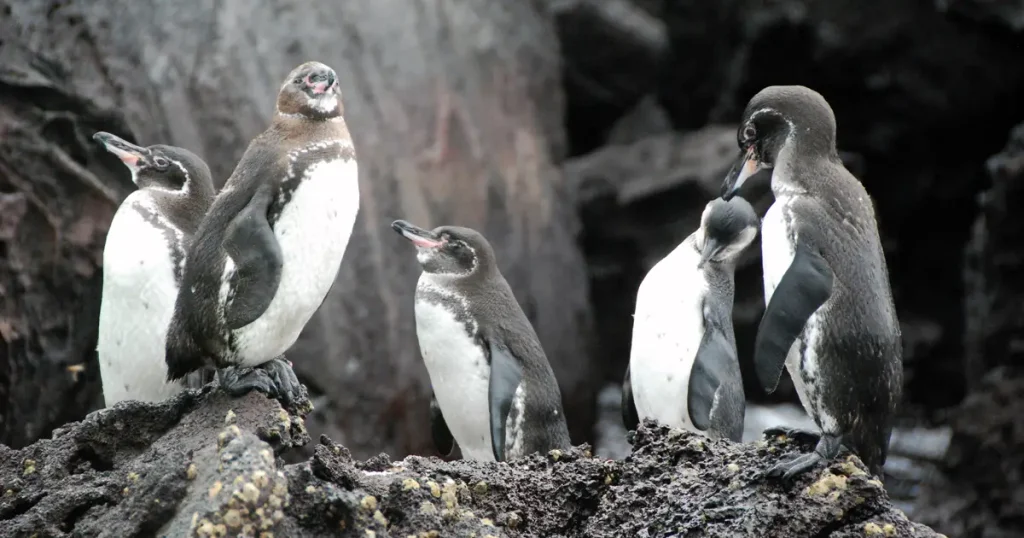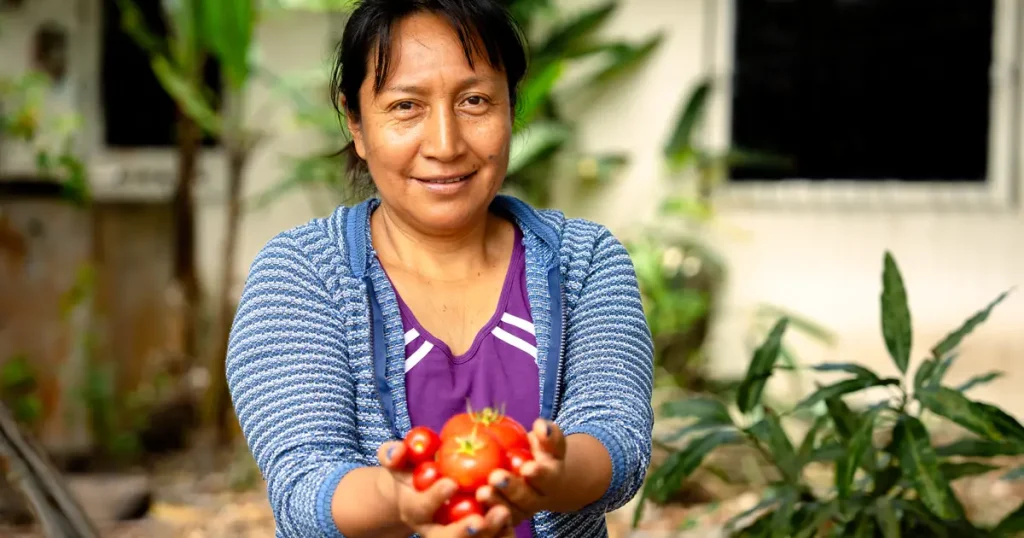Bringing Seabirds Home: How Habitat Restoration Restores Life in Galápagos
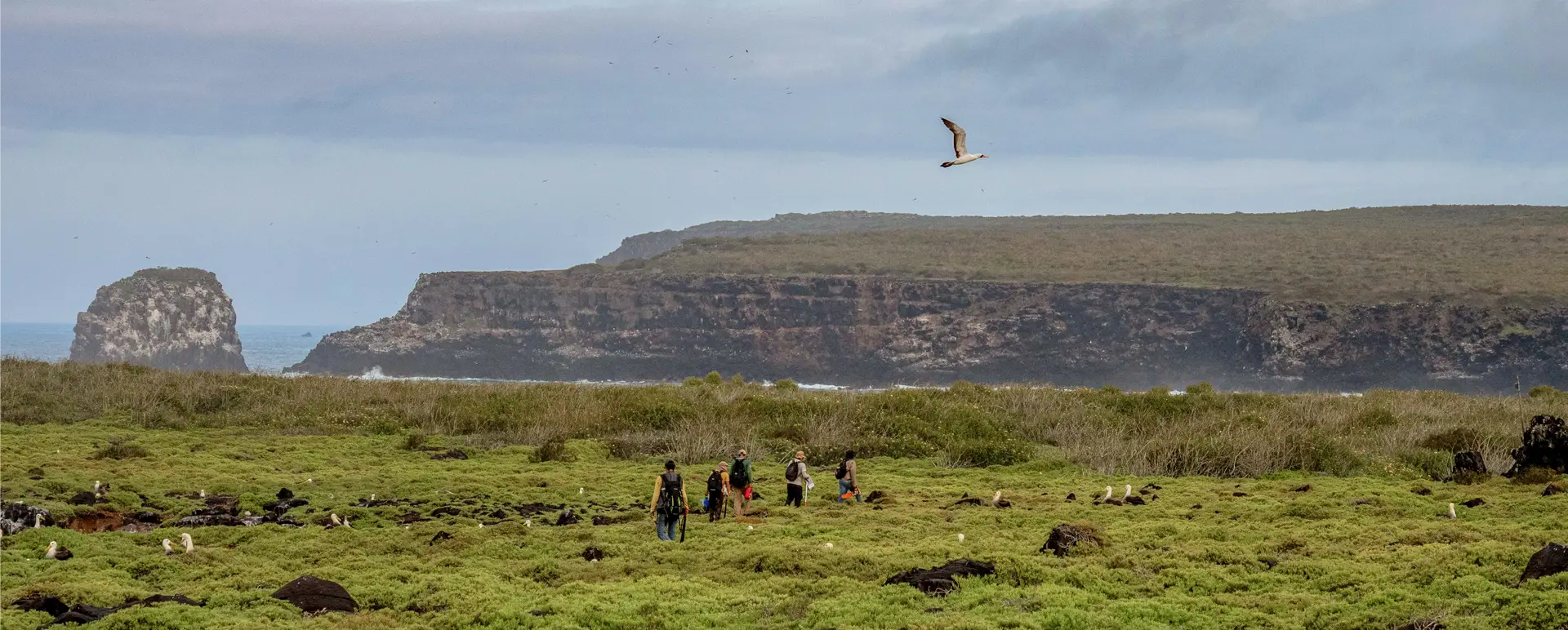
Across the Galápagos Islands, conservation efforts are breathing life back into the nesting grounds of seabirds. Restoration projects led by Galápagos Conservancy and the Galápagos National Park Directorate are protecting essential habitats for iconic species like the Waved Albatross and the Galápagos Petrel.
Where Life Finds New Opportunities
Across the islands, targeted habitat restoration is producing measurable results. Formerly degraded areas are once again supporting healthy seabird colonies.
Projects led by the Galápagos National Park Directorate and Galápagos Conservancy are reviving coastal and highland nesting areas for these iconic species. Every action, from controlling invasive species to reinforcing nesting sites, helps new generations of birds thrive in healthy, protected environments.
On Española Island, Waved Albatrosses have returned to their nesting sites.
In the highlands of San Cristóbal, Santiago, Isabela, Santa Cruz, and Floreana, petrels are reclaiming their burrows.
Weathering Environmental Shifts
Over the years, the bird species of Galapagos have faced challenges with their habitat. Ecosystem disruptions caused by invasive species have altered the natural nesting cycles of seabirds. Climate-related events, including warming periods and El Niño–driven shifts in ocean currents, can intensify these pressures, threatening the stability of nesting areas.
That’s why conservation efforts focus on reducing the factors we can manage, such as habitat restoration and invasive species control, to strengthen the resilience of Galápagos ecosystems.
Today, progress is seen through applied science, rigorous fieldwork, and a commitment to protect the islands’ biodiversity.
Science and Commitment in Action
Together with the Galápagos National Park Directorate, Galápagos Conservancy has cleared woody vegetation from 621 takeoff and landing areas used by Waved Albatrosses on Española, and we’ve restored more than 445 acres of nesting grounds for Galápagos Petrels across Santa Cruz, Santiago, and Isabela.
Our field teams monitor active colonies, assess habitat health, and identify potential threats before they can disrupt breeding cycles.
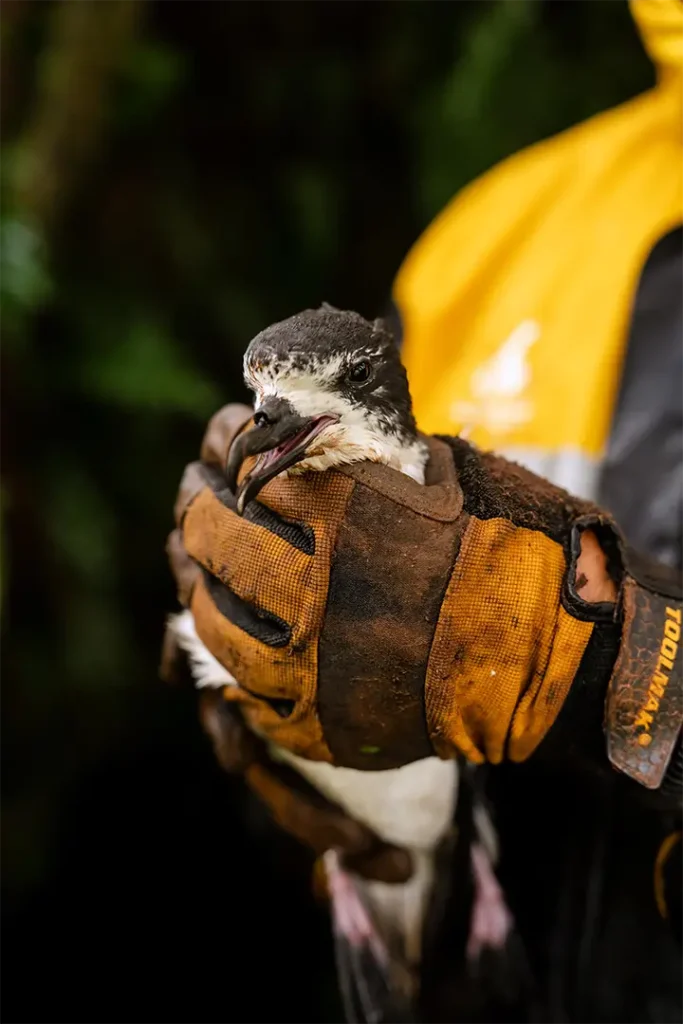
Conservation and Tourism in Balance
Each year, thousands of visitors travel to Galápagos to experience its unmatched biodiversity. In 2024 alone, the archipelago welcomed 279,277 visitors, 55 percent from abroad and 45 percent from Ecuador, according to the Galápagos National Park Directorate.
While this marks a slight decline from 2023, it represents a continued recovery compared to 2022, keeping sustainable tourism aligned with the islands’ ecological limits.
Seabirds are symbols of the archipelago’s natural wealth and are a vital part of what draws travelers from around the world.
Protecting their habitats also helps secure the future of sustainable tourism, benefiting both nature and local communities.
Share:
